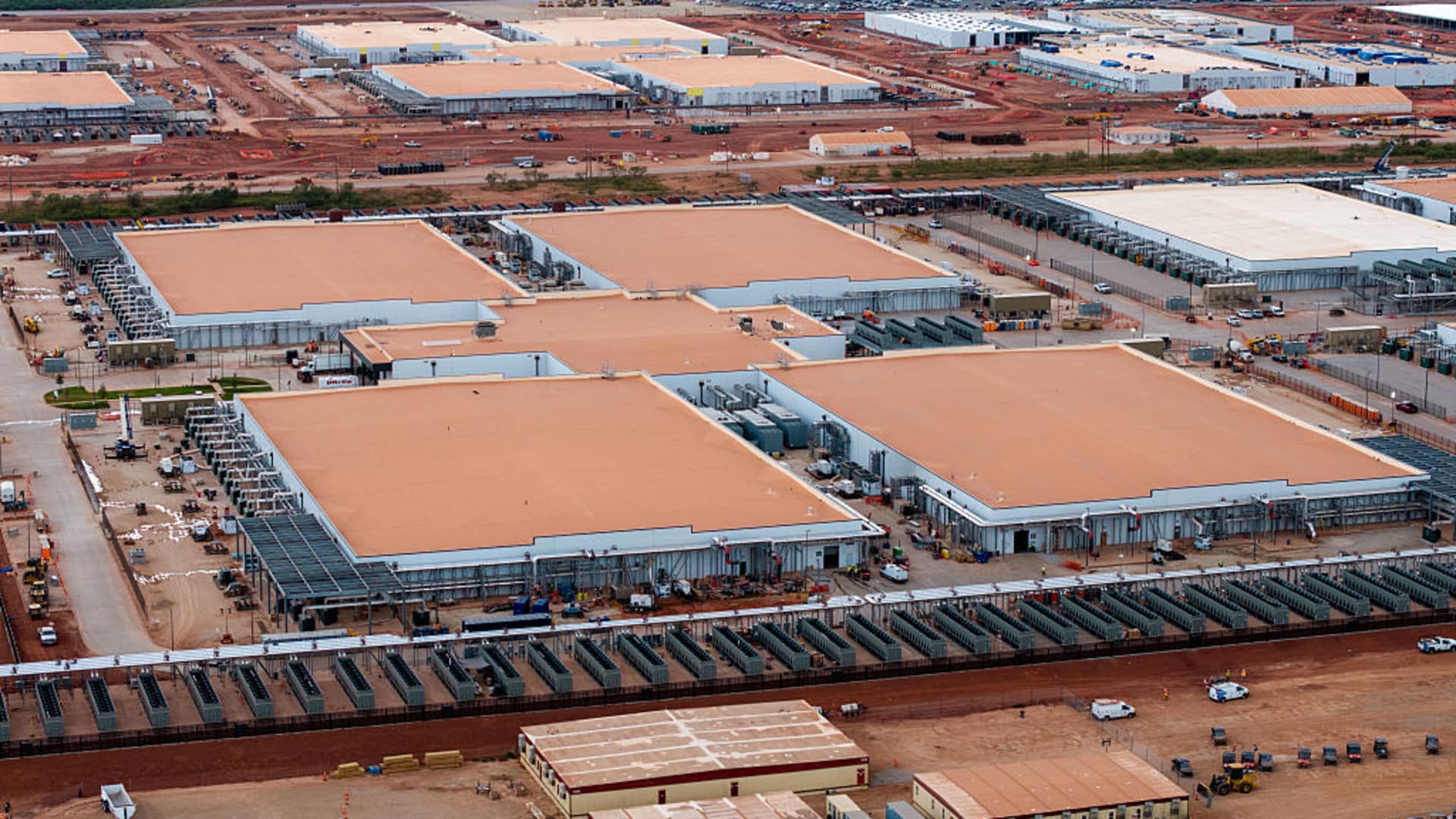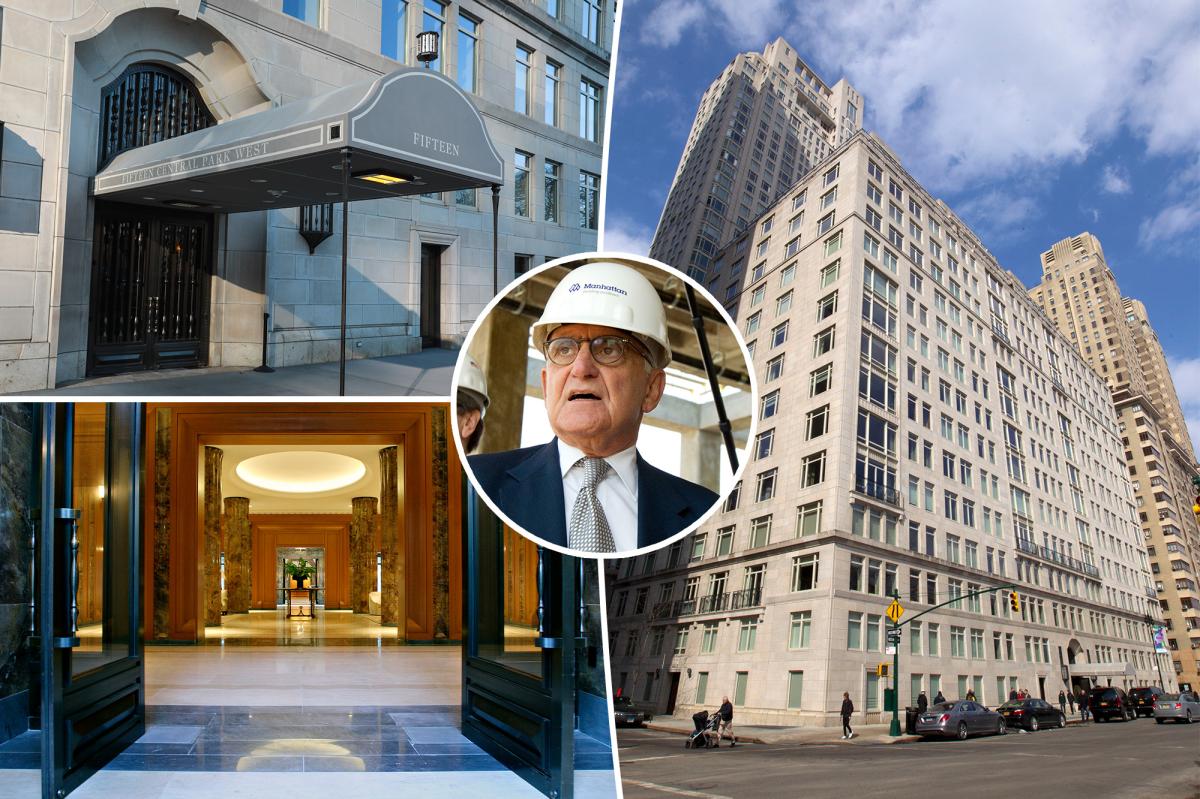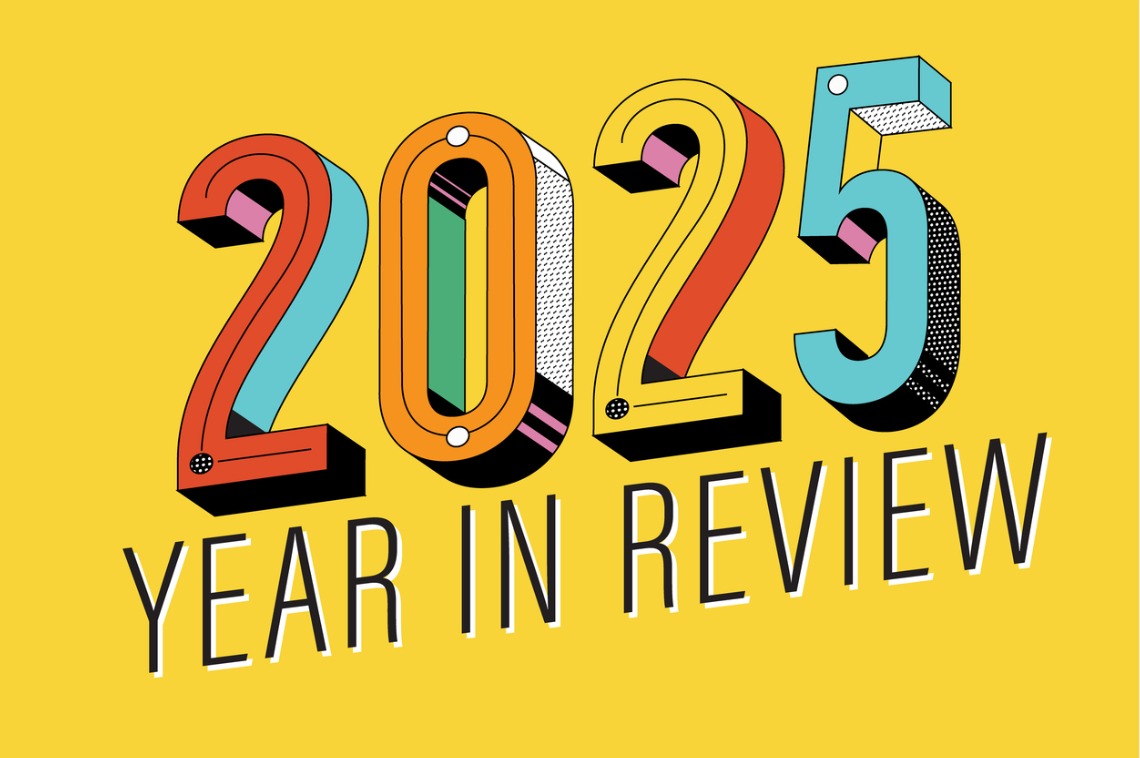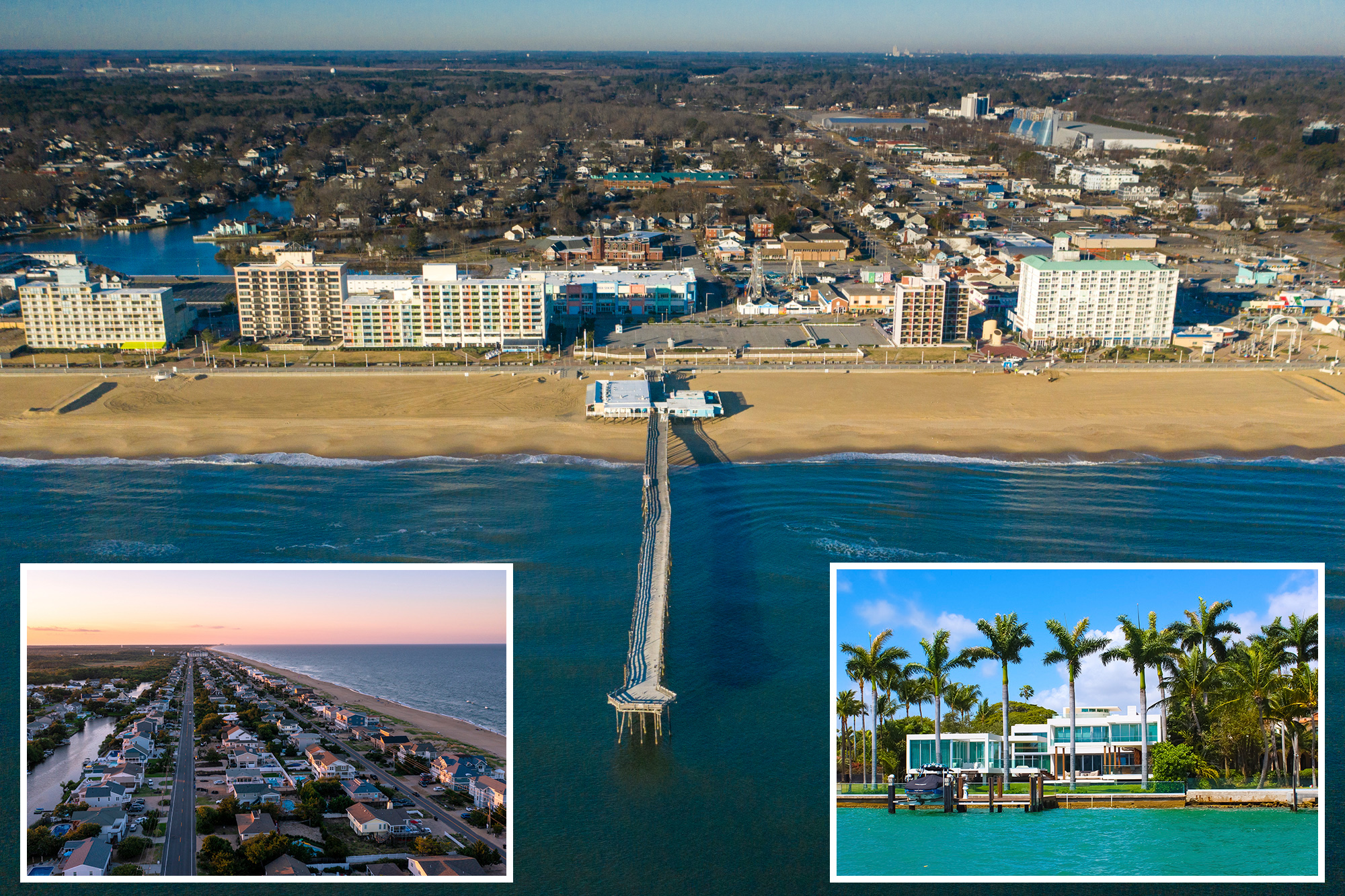S
targate, a joint venture of OpenAI, Oracle and SoftBank with backing from former President Donald Trump, is building a new AI‑focused data center in Abilene, Texas, as of September 23, 2025. The project signals a broader shift in real‑estate value from visible assets—tall office towers, malls and luxury hotels—to the “invisible” realm of cloud infrastructure housed in data centers.
Kishore Moorjani, CEO of CapitaLand Investment’s alternatives team, explained at the Milken Institute Asia Summit that the industry is moving toward assets we can’t see but rely on daily, such as the cloud. “That’s what’s driving the value shift,” he said. A recent CBRE survey of 92 major investors found that 95 % plan to boost data‑center exposure, and 41 % intend to commit $500 million or more in equity in 2025, up from 30 % the previous year.
The surge in AI workloads is the main catalyst. Goldman Sachs projects global power demand from data centers to rise 50 % by 2027 and 165 % by 2030. Stuart Crow, JLL’s APAC capital‑markets chief, noted that investors are reallocating portfolios away from traditional sectors toward alternatives like data centers, battery storage and related infrastructure. Goodwin Gaw of Gaw Capital Partners added that his firm is investing heavily in China’s data‑center market.
However, the rapid expansion is straining conventional lenders. Moorjani warned that banks are feeling the pressure as the scale of new builds grows. A hyperscale facility—typically 150–300 MW—costs about $12 million per megawatt, according to Columbia Business School. AI‑centric sites exceeding 1 GW require multi‑billion‑dollar investments. Boston Consulting Group estimates that hyperscalers will need roughly $1.8 trillion between 2024 and 2030 to meet AI and cloud demand. Crow questioned whether enough capital is currently available for this growth.
The rise of AI also threatens to reshape physical office space. Companies are trimming headcount and reducing their real‑estate footprints. Savills’ September report predicts a slower rebound in global commercial real‑estate investment, with a projected 8 % rise in 2025 versus an earlier 27 % forecast. Developers face higher construction costs, financing hurdles, labor shortages and regulatory complexity, yet large pools of undeployed capital remain, and institutional investors continue to view real estate as a core asset class.














